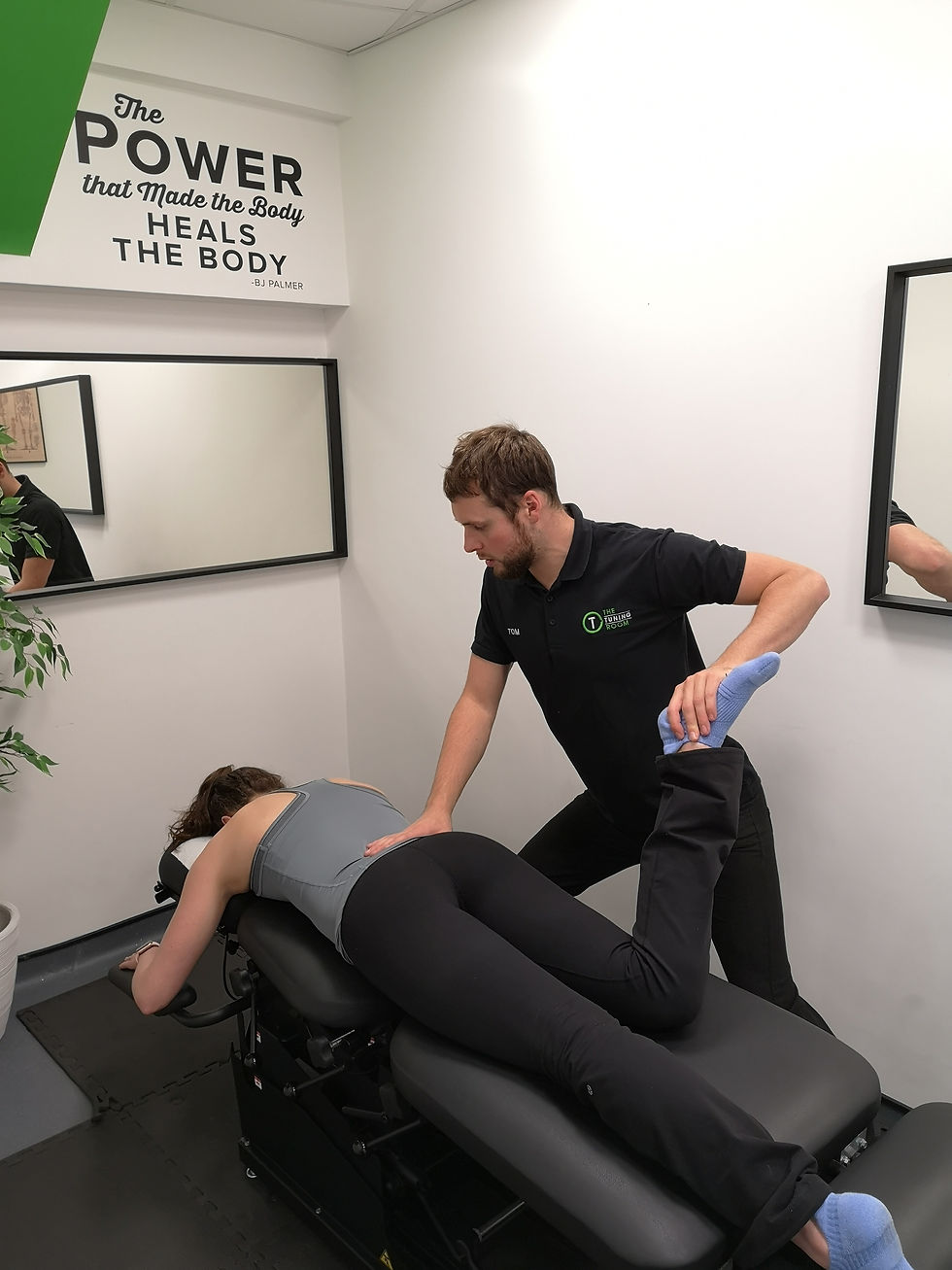Chiropractic Effectiveness of Treating Headaches Vs Medicine Outcomes
- Admin
- Nov 4, 2022
- 2 min read
Written by Lydia Evans
Headaches are a common condition that many people have experienced throughout their lifetime. Many different types of headaches can be brought on by dehydration, medications, menstrual changes, sinus issues, stress, lack of sleep, too much caffeine and so on.

The material that is made up of the brain does not feel any sensation. So, the pain felt during a headache is originating in the surrounding structures such as muscles, facial tissue, blood vessels, nerves, and meninges (layers of thin tissue protecting the brain and spinal cord). Dilation, constriction, stretching or any other stimulation of these structures can cause aggravation leading to a headache.

There are various options available on how to manage a headache, these include medications such as painkillers, anti-inflammatories, and opioids. Traditionally, these are the first line of treatment for headache sufferers, but according to Christensen, M.G. et al, (2010), one-third of these populations report dissatisfaction with current treatment due to non-effectiveness. According to Evers and Marziniak's (2010) study, there was emerging evidence in the 1980s that demonstrated headaches could occur from taking simple painkillers which have become more acknowledged in later years, calling them, medication overuse headaches.
A non-pharmacological approach to managing a headache is seeing a chiropractor. A systematic review with data from 2000 – 2013 showed that chiropractic care can reduce the intensity and/or frequency of a headache, improve quality of life and reduce the need for medication to manage a headache. The results also suggest that those with headaches receiving this therapy showed better progress than those receiving conventional treatment or placebo (López, C.L., et al. 2013).
Refrences:
Christensen, M.G., Kollasch, M.W. and Hyland, J.K., 2010. Practice Analysis of Chiropractic 2010: A project report, survey analysis, and summary of chiropractic practice in the United States. Greeley, Colorado: National Board of Chiropractic Examiners.
Evers, S. and Marziniak, M., 2010. Clinical features, pathophysiology, and treatment of medication-overuse headache. The Lancet Neurology, 9(4), pp.391-401.
López, C.L., Jiménez, J.M., de La Hoz Aizpurua, J.L., Grande, J.P. and de Las Peñas, C.F., 2016. Efficacy of manual therapy in the treatment of tension-type headache. A systematic review from 2000 to 2013. Neurología (English Edition), 31(6), pp.357-369.

Comments